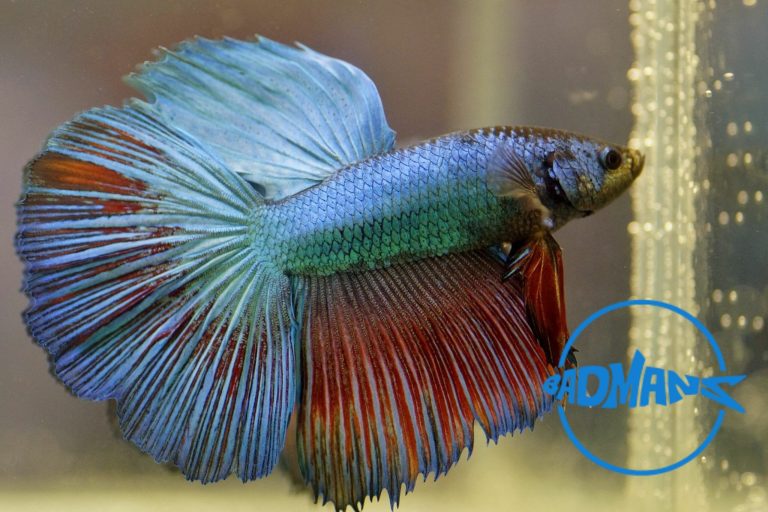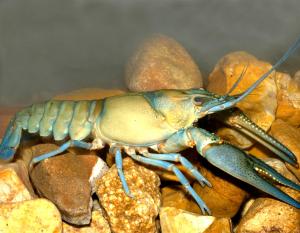Fish That Are Omnivores
Fish That Are Omnivores: A Look into Their Dietary Habits
We all know that fish come in various shapes, sizes, and dietary preferences. Some fish are carnivores, while others are herbivores. But what about the fish that fall into a special category – the omnivores? These unique creatures have the ability to consume both plant and animal matter, giving them a diverse diet that allows them to thrive in a wide range of aquatic environments.
So, what exactly are fish that are omnivores?
Fish that are omnivores are species that have adapted to consume both plant-based and animal-based food sources. Unlike carnivores, which primarily rely on a meat-based diet, and herbivores, which consume mainly plant matter, omnivorous fish have a more flexible feeding strategy. They can eat a combination of both plant and animal material, allowing them to exploit a wider range of food sources.
Let’s dive deeper into the fascinating world of fish that are omnivores and explore their dietary habits, adaptations, and the benefits of their versatile eating habits.

A Closer Look at Fish That Are Omnivores
Omnivorous fish come in a variety of species, each with its unique characteristics and preferences. Some omnivorous fish are opportunistic feeders, taking advantage of whatever food sources are readily available in their surroundings. Others have evolved specialized feeding structures and behaviors to target specific types of food.
Let’s explore some popular examples of fish that are omnivores:
1. Guppies- These small and colorful fish are known for their adaptability to various habitats. Guppies are highly opportunistic feeders, consuming both live and plant-based food sources. They eat algae, detritus, small aquatic invertebrates, and even small insects that fall into the water.
2. Tilapia – Tilapia is a popular food fish that can be found in both freshwater and brackish water environments. They are known for their ability to consume a wide range of food, including algae, aquatic plants, small invertebrates, and even other fish eggs.
3. Mollies – Mollies are another popular aquarium fish that exhibit omnivorous feeding habits. They have small mouths adapted for grazing on algae and other plant materials. Additionally, mollies consume small invertebrates and aquatic insects that come their way.
4. Cichlids – Cichlids are a diverse family of fish species known for their complex behaviors and specialized feeding habits. Some cichlid species are omnivores, consuming a mix of plant matter, insects, small invertebrates, and even other fish. This diverse diet allows them to occupy various niches within their habitats.
These examples highlight the adaptability and versatility of omnivorous fish when it comes to their feeding habits. They have evolved to take advantage of the resources available to them, whether it be plant matter, small invertebrates, or other aquatic organisms.
Benefits of Being an Omnivorous Fish
Being an omnivorous fish comes with several advantages that contribute to their survival and ecological success. Let’s explore some of the benefits associated with this dietary strategy:
1. Versatile Food Sources: By consuming both plant and animal matter, omnivorous fish have access to a wider range of food sources. This flexibility allows them to thrive in a variety of aquatic environments where food availability may fluctuate.
2. Adaptability: Omnivorous fish have the ability to adapt their feeding habits to changing conditions. For example, during periods of low prey availability, they can rely more on plant-based food sources to sustain themselves.
3. Increased Energy Efficiency: The ability to digest both plant and animal matter allows omnivorous fish to maximize their energy intake. They can efficiently extract nutrients from different types of food, providing them with the energy required for growth, reproduction, and survival.
4. Ecological Role: Omnivorous fish play a crucial role in aquatic ecosystems. They help regulate populations of algae and other aquatic plants, promoting a healthy balance within their habitats. Additionally, their feeding habits contribute to nutrient cycling, benefiting other organisms in the ecosystem.
Overall, the omnivorous dietary strategy offers a myriad of benefits that contribute to the success and diversity of fish species in various aquatic environments.
Frequently Asked Questions
What are some examples of omnivorous fish?
– Some examples of omnivorous fish include guppies, tilapia, mollies, and cichlids. These species have adapted to consume both plant-based and animal-based food sources.
Can omnivorous fish survive on a vegetarian diet?
– While omnivorous fish have the ability to consume plant-based food sources, a strictly vegetarian diet may not provide them with all the necessary nutrients for optimal health. It’s essential to include a mix of plant and animal matter to ensure a balanced diet for omnivorous fish.
How can I provide a balanced diet for omnivorous fish in my aquarium?
– To provide a balanced diet for omnivorous fish in your aquarium, it’s important to offer a variety of food options. This can include commercial fish pellets, flakes, frozen or live foods such as brine shrimp or daphnia, and even some plant matter like algae or blanched vegetables. The key is to provide a diverse range of food sources to mimic their natural diet.
Can omnivorous fish be aggressive towards other fish?
– While aggression can occur in fish regardless of their dietary preferences, some omnivorous fish, such as certain cichlid species, are known for their territorial and aggressive behaviors. It’s crucial to research the specific species you plan to keep to ensure compatibility within your aquarium.
Final Thoughts
Omnivorous fish occupy a unique niche in the underwater world, allowing them to adapt to a variety of environments. Their ability to consume both plant and animal matter gives them the advantage of flexibility and a diverse range of food sources. From guppies to cichlids, these versatile creatures contribute to the balance and health of aquatic ecosystems. By understanding their dietary habits and providing a balanced diet in captivity, we can ensure the well-being of these fascinating fish species. So, whether you have an aquarium at home or simply enjoy observing fish in their natural habitats, take a moment to appreciate the incredible diversity of fish that are omnivores and the valuable role they play in our underwater ecosystems.






